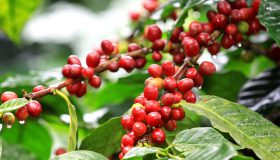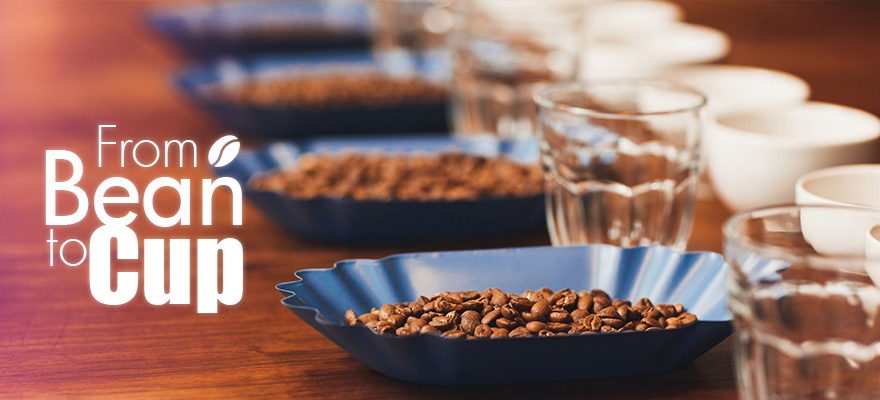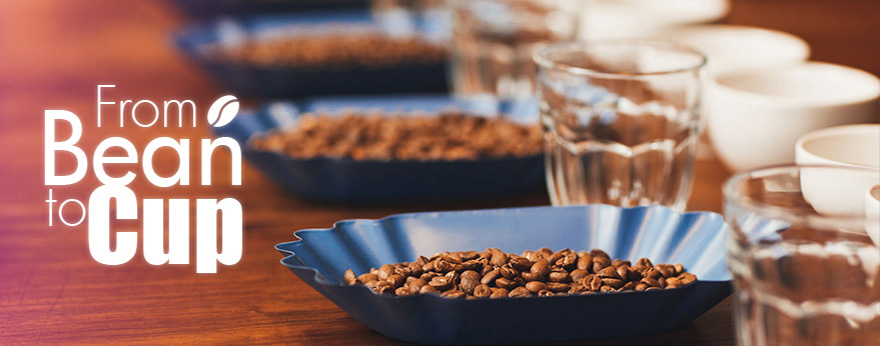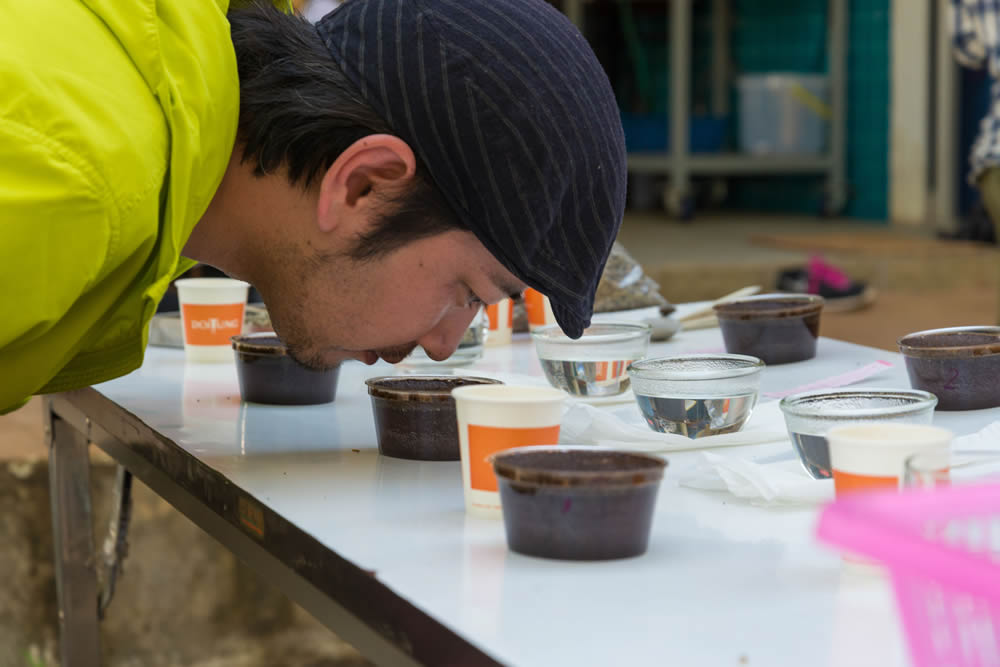Plantation
Originated from Ethiopia, the coffee tree traces its origin to a genus of evergreen plants known as coffea Arabica. What is commonly called coffee beans are the seeds of the fruits of coffee trees, and the naming is owing to their resemblance to true beans.
Climate is a key factor in coffee plantation. As only tropical and subtropical climates provide suitable conditions for coffee growing, regions located between latitudes 25 degrees North and 25 degrees South of the Equator are ideal for coffee plantation. This coffee growing region is generally termed the ‘Coffee Belt’ or ‘Coffee Zone’.
The plantation of high quality coffee relies on the combination of sunshine, rainfall volume, soil and temperature. Firstly, a coffee-growing region needs to have a temperature of 15-25℃, an annual rainfall volume of 1,500-2,000 millimeters, and a rain season that coincides with the flowering phrase of coffee trees. In addition, it needs to have healthy soil that is rich in nitrogen, potassium carbonate and phosphoric acid for the vital growth of coffee trees.
While sunlight is essential to the healthy growth and fruition of coffee, harsh sunlight adversely affects the growth of coffee trees. Therefore, shade trees are typically cultivated in coffee plantations, and they are mainly trees with tall trunks such as banana, mango and Fabaceae.
High altitudes of between 500 to 2000 meters are optimal heights for coffee plantation. The Jamaican Blue Mountain Coffee, which is grown at altitudes of between 800 and 1200 meters, is hailed as the best premium coffee. Methods of harvest and production of coffee beans also play a crucial role in determining the quality of coffee.
Coffee trees generally have their first flowering phase at three years old. The white five-petal and cone-shaped flowers carry a faint jasmine scent, and the flowers blossom in dense clusters and straight rows. The flowers wither in two to three days, and fruiting begins in few months’ time.
The coffee fruit is a stone fruit; each fruit has a diameter of 1.5 centimeters, and it turns from green to yellow to red when it ripens. The fruit is commonly called coffee cherry for its resemblance to the cherry, and it may be harvested as it turns red.
Each coffee fruit contains two seeds, which are coffee beans. The two seeds are vertically connected with their flat sides together. Each coffee bean has a thin outer layer called the silver skin; on top of the silver skin is a yellow-coloured outer layer called the parchment. The whole coffee bean is enclosed in a sticky, gluey substance, which is the soft and sweet pulp. The outermost layer is the husk.
Coffee trees have a harvest period of four to eight months every year, during which flowers and fruits at different stages of maturity co-exist. The quality of coffee is influenced by changes in nature. If the fruits ripen too quickly, the seeds will rot; if the fruits are under-ripe, the seeds in the picked fruits will not ripen on their own. Therefore, harvest workers have to visit the same tree frequently to look for ripen fruits. A 1.8 to 2-meter tall coffee tree produces about 2.5 to 3kgs of fruits. After processing, which includes the removal of pulp and drying of seeds, approximately 2kgs of coffee beans remain.


Join ISCC
Our Institute’s mission to cultivate the specialty coffee culture in Hong Kong.……………………………………………………. ………………..
Specialty Coffee
According to Specialty Coffee Association of America (SCAA), specialty coffee is hailed to be gourmet or premium coffee.…………………………..
Coffee Cupping
Similar to wine tasting, coffee cupping is the evaluation of coffee quality by such objective standards as sweetness, acidity, bitterness, aftertaste and aroma.













